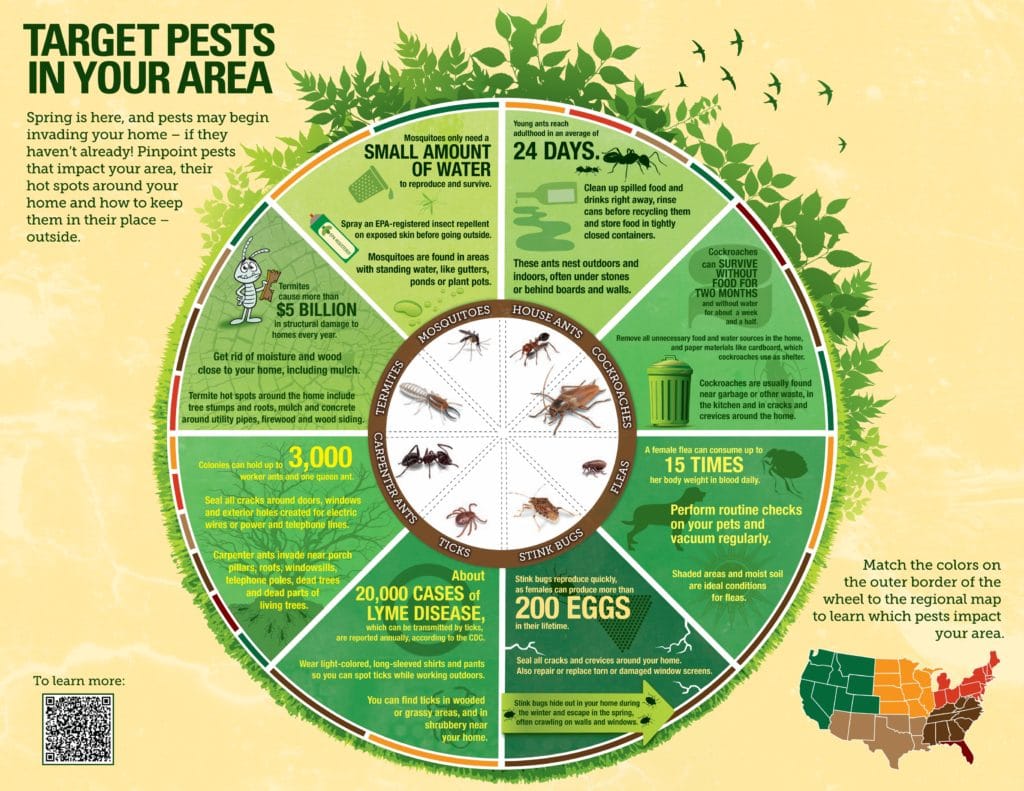Taking Care Of Rat Infestations: Insights Into Rat Psychology
Taking Care Of Rat Infestations: Insights Into Rat Psychology
Blog Article
Content By-David Alston
When it pertains to rodent control, comprehending usual rodent behavior is key to properly taking care of invasions. Did you understand that rats have some interesting nesting practices that might stun you? By discovering their complex actions, you can get important insights into exactly how to deal with rodent issues in a more tactical and efficient fashion. So, allow's untangle the enigmas behind these animals' actions and learn exactly how to outmaneuver them in your rodent control efforts.
Rat Nesting Habits
When observing rats in their natural environment, you'll observe that they proactively seek materials to build their nests. Rats, such as computer mice and rats, are resourceful creatures that make use of a range of things like branches, leaves, paper, and fabric to construct their homes. They're precise in their nest-building process, typically lining their nests with softer products like fur or plumes to produce a relaxing atmosphere.
Rodents favor to construct their nests in hidden and protected places to protect themselves and their young from predators. Usual nesting places include wall surface dental caries, attic rooms, basements, and also within insulation products. By creating organic flea control in these private areas, rats can safely increase their offspring away from possible risks.
It is important to recognize the nesting behaviors of rodents when implementing control measures. By disrupting their nests or eliminating materials, you can discourage rats from developing a presence in your house or residential or commercial property. https://docs.google.com/spreadsheets/d/11M6uqTa5GD7C0me1M7UYYv240lSuvgaiGvl6PEtCF5I/edit#gid=1865900013 and sealing entrance points are additionally vital steps in protecting against rodent problems.
Rat Feeding Patterns
After observing rodents' nesting routines, it ends up being obvious that their feeding patterns play a critical duty in their lives and habits. Rats, consisting of mice and rats, are opportunistic feeders, implying they'll eat whatever food source is conveniently available. They're primarily nocturnal creatures, favoring to forage for food throughout the cover of evening to avoid predators.
Rats have a varied diet plan, ranging from grains, seeds, fruits, and vegetables to bugs, nuts, and also little animals. This adaptability in their food choices enables them to flourish in different environments, including metropolitan areas where human food resources are bountiful.
Their feeding patterns aren't only driven by appetite however likewise by the demand to accumulate food for times of scarcity. This actions is specifically obvious in preparation for winter months or when nesting. Rodents are understood to hoard food in their nests or burrows, guaranteeing a consistent food supply. Understanding their feeding patterns is vital in implementing effective rodent control procedures to disrupt their food resources and prevent invasions.
Rat Movement and Travel
Rodents browse their surroundings with dexterity and stealth, using their eager detects to relocate promptly through their environments. These animals are adept mountain climbers, able to scale walls and vertical surface areas effortlessly. They can also squeeze via remarkably tiny openings, making it crucial to seal off any type of prospective access factors in your house.
When it concerns traveling, rodents often tend to follow acquainted courses, developing tracks along wall surfaces or skirting the edges of areas. They're creatures of habit, usually staying with these developed paths as they forage for food or discover their surroundings.
Rodents are recognized for their nighttime habits, so you might hear them scooting around in the evening as they search for food and water. Their movements fast and erratic, permitting them to dart in and out of sight in the blink of an eye.
Recognizing exactly how rodents relocate and take a trip can help you recognize prospective infestation locations in your house and take positive steps to stop these bugs from gaining a footing.
Final thought
As you function to regulate rodents in your home, bear in mind that understanding their habits is vital. By recognizing their nesting behaviors, feeding patterns, and movement, you can efficiently avoid infestations.
Together, by taking proactive steps to get rid of food resources and seal entrance points, you can disrupt their acquainted courses and force them to seek new areas, eventually reducing the chance of rodent existence in your space.
